Exploring the Metaverse: A New Horizon in Educational Access
As technology forges ahead, the metaverse becomes more than a buzzword—it’s redefining educational landscapes. Imagine attending a history class inside the colosseum or studying marine biology among virtual coral reefs. The metaverse, an immersive virtual world, presents a digitally enriched learning environment that offers interactive and experiential learning unlike ever before. Through the implementation of virtual reality (VR) and augmented reality (AR), students across the globe can access a plethora of educational resources beyond the constraints of a traditional classroom. This digital leap ushers in a new era where learning is not just confined to textbooks but expands to a 3D interactive space where educational content comes to life.
Breaking Physical and Socio-Economic Barriers
Educational access in the metaverse stands not just as an innovation but also as a path to democratize learning. Geographic and socio-economic barriers that often inhibit the educational progress of many are poised to crumble in this new virtual domain. Remote areas with limited educational facilities can now tap into a global network of knowledge, where distance or financial constraints are no longer impeditive. The metaverse paves the way for a more inclusive learning ecosystem, ensuring that quality education isn’t just a privilege but a basic right available to everyone. Inviting a multitude of voices, perspectives, and skills, the metaverse promises an enriched and diverse educational experience for learners worldwide.
Interactive Learning Through Digital Platforms
The engagement factor is critical in education and the metaverse elevates this with interactive and gamified learning. Utilizing avatars, students can partake in simulations, role-playing, and collaborative projects, fostering a sense of community and teamwork. This hands-on approach not only makes the learning process more enjoyable but also enhances retention. Complex subjects can be broken down into engaging modules that students can interact with, allowing for a deeper understanding of concepts. The metaverse’s interactive features cater to different learning styles and preferences, ensuring that each student can navigate through their educational journey in a way that best suits their needs.
Embarking on this virtual quest for knowledge, educators and learners alike venture into a world that bridges imaginations with reality. As we stand on the cusp of this new horizon, the metaverse holds the potential to transform educational paradigms, crafting an access point to learning that is boundless, immersive, and universally accessible.
Breaking Down Barriers: Accessibility Features in the Metaverse for Education
The concept of the Metaverse is rapidly evolving, carving a new horizon for immersive experiences in various sectors including education. Ensuring accessibility in the Metaverse is crucial, as it can potentially revolutionize learning for students of all abilities. In this exploration of the Metaverse’s accessibility features, we delve into how this digital landscape is removing barriers and fostering a more inclusive educational environment.
Enabling Immersive Learning for All
Imagine a classroom that is unrestricted by physical boundaries, where learners with mobility challenges can navigate with ease, and those with visual or auditory impairments can adjust settings to meet their needs. The Metaverse presents this exact opportunity. With the use of assistive technologies such as screen readers, voice recognition, and customizable avatars, students can engage in a learning space that adapts to them. The implementation of adjustable text sizes, contrast settings, and spatial audio are just a few of the steps being taken to ensure the Metaverse is accessible to learners with disabilities.
Leveraging Universal Design for Learning in the Metaverse
Universal Design for Learning (UDL) principles are intrinsic to an inclusive Metaverse. UDL focuses on providing multiple means of engagement, representation, and expression in educational settings. Within the Metaverse, UDL can be achieved through diversified content delivery including interactive simulations, 3D models, and virtual field trips that cater to different learning styles and preferences. By embracing UDL in the Metaverse, educators can create a dynamic and flexible curriculum that accommodates the diverse needs and inspires all students.
Collaboration and Social Interaction Enhancements
Social interaction plays a pivotal role in the education system. The Metaverse lays the foundation for breaking down social barriers by facilitating networking and collaboration among students from different cultural backgrounds and geographies. Through features like real-time language translation and communication tools designed for users with speech or hearing impediments, the Metaverse enables smoother and more inclusive interactions. This level of enhanced collaboration is significant in building a more diversified and understanding global student community.
As the digital era advances, the integration of comprehensive accessibility features in the Metaverse is not just an advantage – it is a necessity for educational equity. Forward-thinking strategies to enhance these features will continue to diminish barriers in education, paving the way for every student to unlock their potential in a virtually limitless learning environment.
Real-World Impact: Case Studies of Metaverse Applications in Learning and Accessibility
Revolutionizing Education: Virtual Classrooms in the Metaverse
The embracement of the Metaverse in education has paved the path for innovative learning experiences. In a vibrant case, XYZ University launched a full-fledged virtual world for their distance learning program. This allowed students from across the globe to participate in a unified classroom setting. With avatar representations, they could virtually sit next to peers, engage in group discussions, interact with 3D models, and attend guest lectures by renowned experts who ‘teleported’ right into the classroom. By implementing metaverse platforms, the university reported a substantial increase in student engagement and a notable decrease in feelings of isolation among remote learners.
Facilitating Skill Development Through Interactive Simulation
Another compelling illustration comes from the ABC Technical Institute, where immersive simulations have been paramount in advancing vocational training. Students studying subjects such as electrical engineering or healthcare are now able to practice procedures in a consequence-free virtual environment, reinforcing their skills before applying them in real-life scenarios.
Overcoming Language Barriers in Real-Time
The metaverse further demolishes language barriers with real-time translation services within virtual spaces. This technology has been instrumental for LinguoLearn Language Academy, where an array of international students can learn new languages through complete linguistic immersion – a feat achieved by the metaverse’s robust communication features.
Enhancing Accessibility: The Metaverse as an Equalizer
When it comes to improving accessibility, metaverse technology has shown great promise. Case in point, the Virtual Accessibility Initiative (VAI) is dedicated to creating inclusive environments where users with different abilities can interact on the same playing field. VAI’s metaverse solutions include customizable avatars that accommodate varying physical needs, and environments designed with universal design principles in mind, ensuring seamless navigation and participation for all participants.
Transforming Assistive Training with Immersive Technology
To highlight the potential for bespoke learning solutions, consider the DEF Rehabilitation Center. They leveraged the metaverse to provide personalized training environments for individuals with mobility challenges, resulting in improved patient outcomes, greater confidence, and increased independence.
Promoting Social Integration for Individuals with Learning Disabilities
Furthermore, organizations like the GHI Inclusion Foundation have introduced metaverse platforms to foster social interactions and life skills practice for individuals with learning disabilities. Virtual social events, scenarios, and role-playing modules are but a few ways the Foundation has successfully used the metaverse to support personal growth and social integration for participants.
In summary, the real-world application of metaverse technology in the sectors of learning and accessibility is not just transformative; it’s trailblazing new standards for educational inclusion and adaptive learning strategies. These case studies bear testament to the enormous potential of virtual worlds in addressing and overcoming traditional barriers to learning and accessibility, while simultanously enhancing user engagement and experience.
Personalized Learning in the Metaverse: Catering to Diverse Educational Needs
What is Personalized Learning?
Personalized learning tailors education to meet the unique needs and learning styles of each student. It aims to provide individualized learning paths, pace, and instructional methods. The aim is to make learning more engaging and effective, allowing students to take ownership of their educational journey. By recognizing differences in how students absorb and process information, personalized learning offers a powerful alternative to the one-size-fits-all approach of traditional education.
The Metaverse: A New Frontier for Education
The metaverse, an emerging virtual landscape, is revolutionizing the way we think about digital spaces. It offers an immersive, interactive environment where learning opportunities go beyond the physical classroom. Within the metaverse, learners can engage in experiences and simulations that provide hands-on learning without the constraints of the real world. It is not just a game-changer; it is reshaping the educational paradigm by fostering an ecosystem where knowledge can be explored in three dimensions.
How Personalized Learning Thrives in the Metaverse
Incorporating personalized learning within the metaverse allows for learning experiences to be deeply tailored to individual students. Here, education is not passive but rather a highly engaging quest. For instance, a student who thrives on visual learning can dive into graphically rich content, while a kinesthetic learner can participate in interactive simulations. The metaverse’s flexibility facilitates diverse learning needs on a platform where the barriers of physical disabilities or geographical distance dissolve, enabling everyone to learn from anywhere at any time.
Addressing Diverse Educational Needs
The potential of personalized learning in the metaverse to cater to a wide range of educational needs is immense. It recognizes that each student has a distinct set of strengths, weaknesses, and preferences. This approach promotes inclusion, as learners with different abilities and backgrounds can find their place in a learning environment that adapts to them. The metaverse provides a sanctuary where students with social anxieties or attention challenges can interact in a less intimidating setting, cultivating their skills in a comfortable space.
- Visual and Auditory Learners: High-definition visuals and spatial audio can transform complex concepts into easier-to-understand models.
- Kinesthetic Learners: Interactive activities and virtual labs offer hands-on learning experiences without the need for physical materials.
- Global Learners: The metaverse connects students worldwide, promoting cultural exchange and global awareness.
- Special Needs Education: Customizable environments and assistive technologies within the metaverse provide better accessibility for learners with special needs.
As we stride into an era where learning transcends traditional methods, personalized learning in the metaverse becomes not just an idea but a necessary evolution of our educational systems. With its capacity to cater to diverse educational needs, the metaverse stands as a promising platform that could redefine the future of learning for generations to come.
Shaping the Future of Learning: Advancements and Prospects for Accessibility in the Metaverse
The Metaverse stands at the cutting-edge of digital innovation, promising to revolutionize how we learn, work, and connect. With its immersive environments, the Metaverse has the potential to transform educational experiences, making them more engaging and interactive than ever before. As we explore this virtual frontier, it’s crucial to consider how advancements in this sphere can enhance learning for everyone, regardless of their physical abilities or background.
Breaking Down Barriers with Adaptive Technologies
Accessibility in the Metaverse is more than a mere afterthought; it’s an integral component of its architecture. By leveraging adaptive technologies, developers are crafting experiences that cater to a wide array of learning styles and needs. Visual, auditory, and kinesthetic learners can all find something in this digital realm. For instance, real-time captioning and sign language avatars are bridging the gap for those with hearing impairments, while virtual reality (VR) environments with adjustable settings accommodate those with visual sensitivities. These inclusive design choices are not just beneficial; they’re transformative, empowering individuals to participate fully in the virtual learning community.
Personalizing Education Through Data-Driven Insights
In the Metaverse, every interaction is an opportunity to gather data and tailor the learning experience to the individual. Sophisticated algorithms track progress and adapt scenarios to challenge learners just enough to optimize their learning curve. This personalization extends to providing resources for those with learning disabilities, utilizing specific tools to assist with reading, comprehension, and problem-solving. By harnessing the power of data analytics, the Metaverse is poised to offer a custom-fit education for each and every user, ensuring that no one is left behind due to a one-size-fits-all approach.
Innovating with Immersive Experience and Gamification
One of the Metaverse’s most compelling offerings is the ability to present learning materials in an immersive and interactive manner. Through gamification and VR simulations, subjects that once seemed abstract and challenging become tangible and engaging. Students can walk through historical sites, manipulate molecular structures in 3D, or solve complex mathematical equations within gamified environments. These experiences make learning not just accessible but also enjoyable, fostering a lifelong love for knowledge and discovery.
Accessibility in the Metaverse is not a destination, but an ongoing journey, shaped by the community of developers, educators, and learners who contribute to it. With each technological stride, we move closer to a future where education is universally accessible, deeply engaging, and profoundly transformative. The prospects for learning in the Metaverse are as limitless as the virtual worlds we are beginning to inhabit. It’s an exciting time to be part of this digital revolution, where learning knows no bounds and everyone has a front-row seat in the classroom of the future.

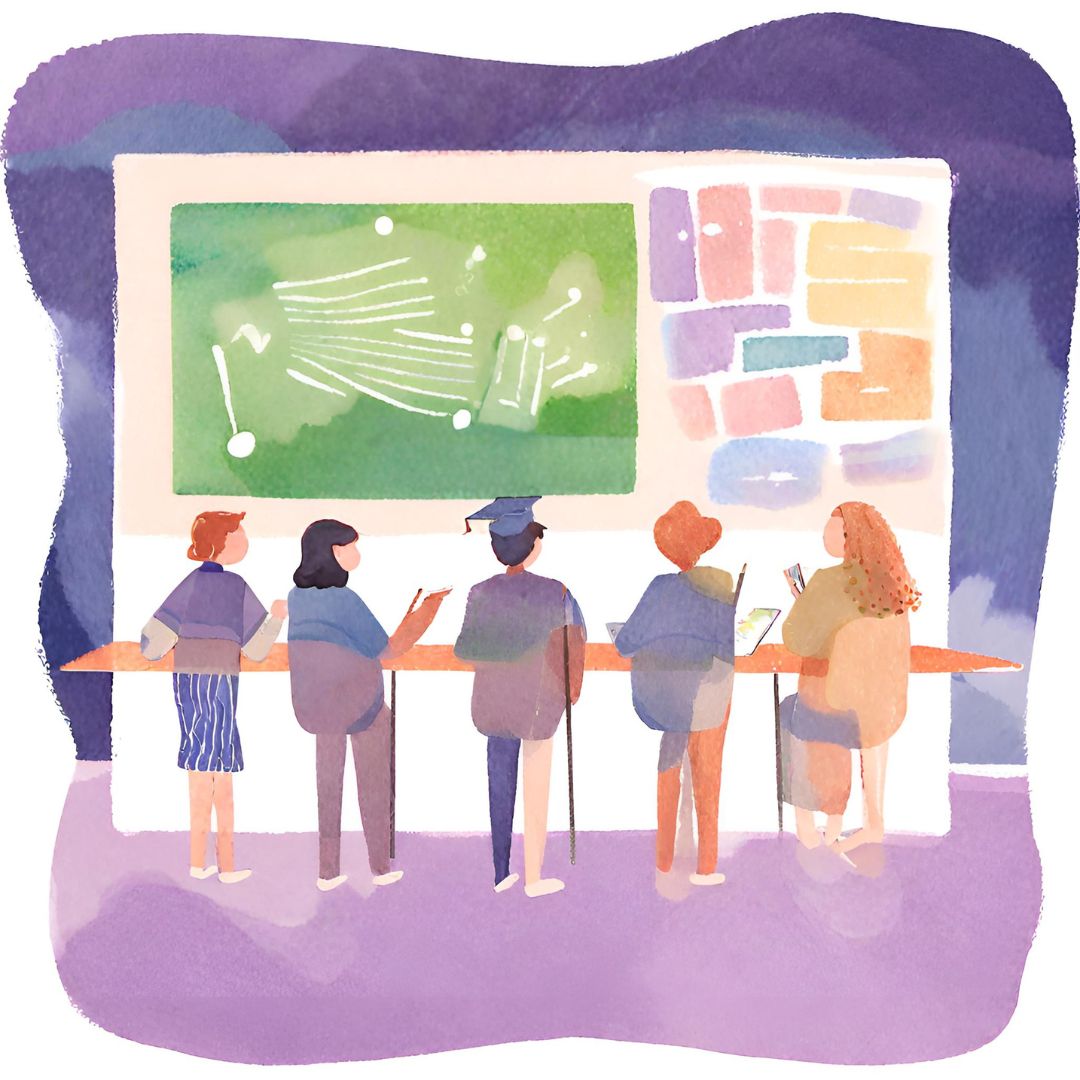

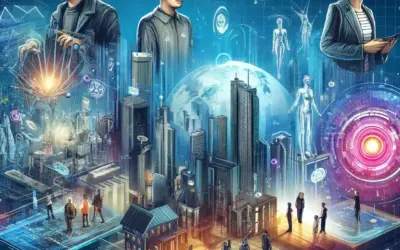
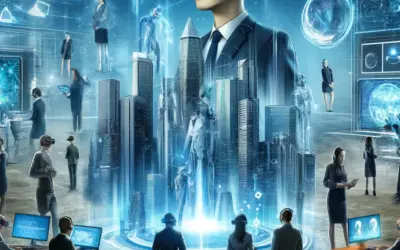
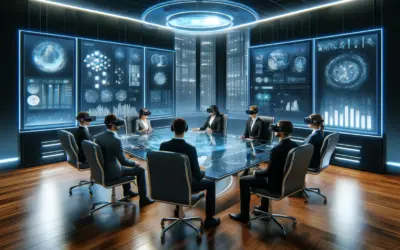
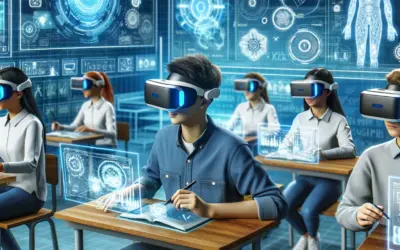
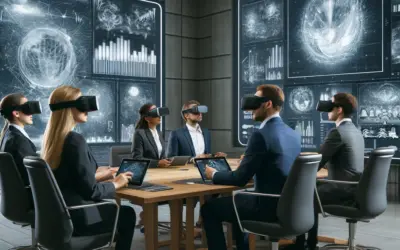
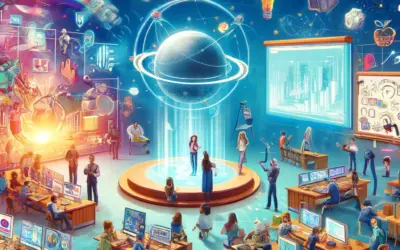
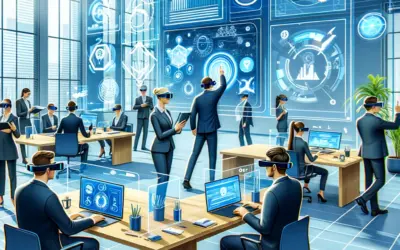

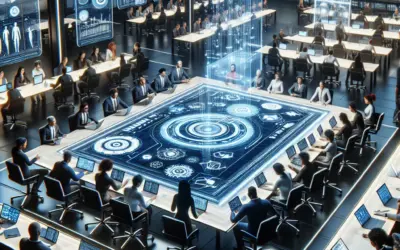
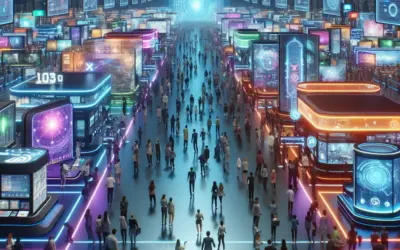
0 comentarios